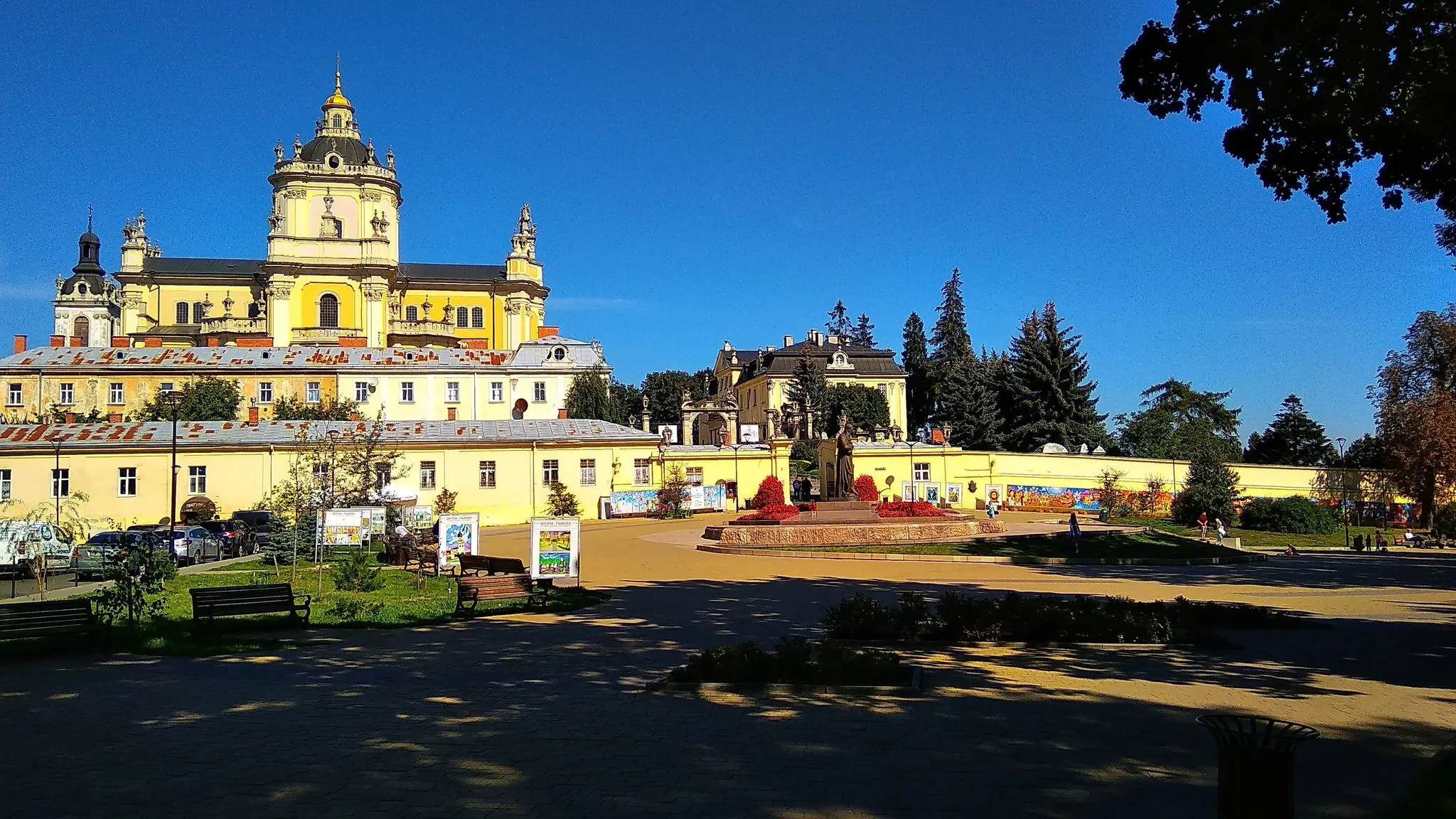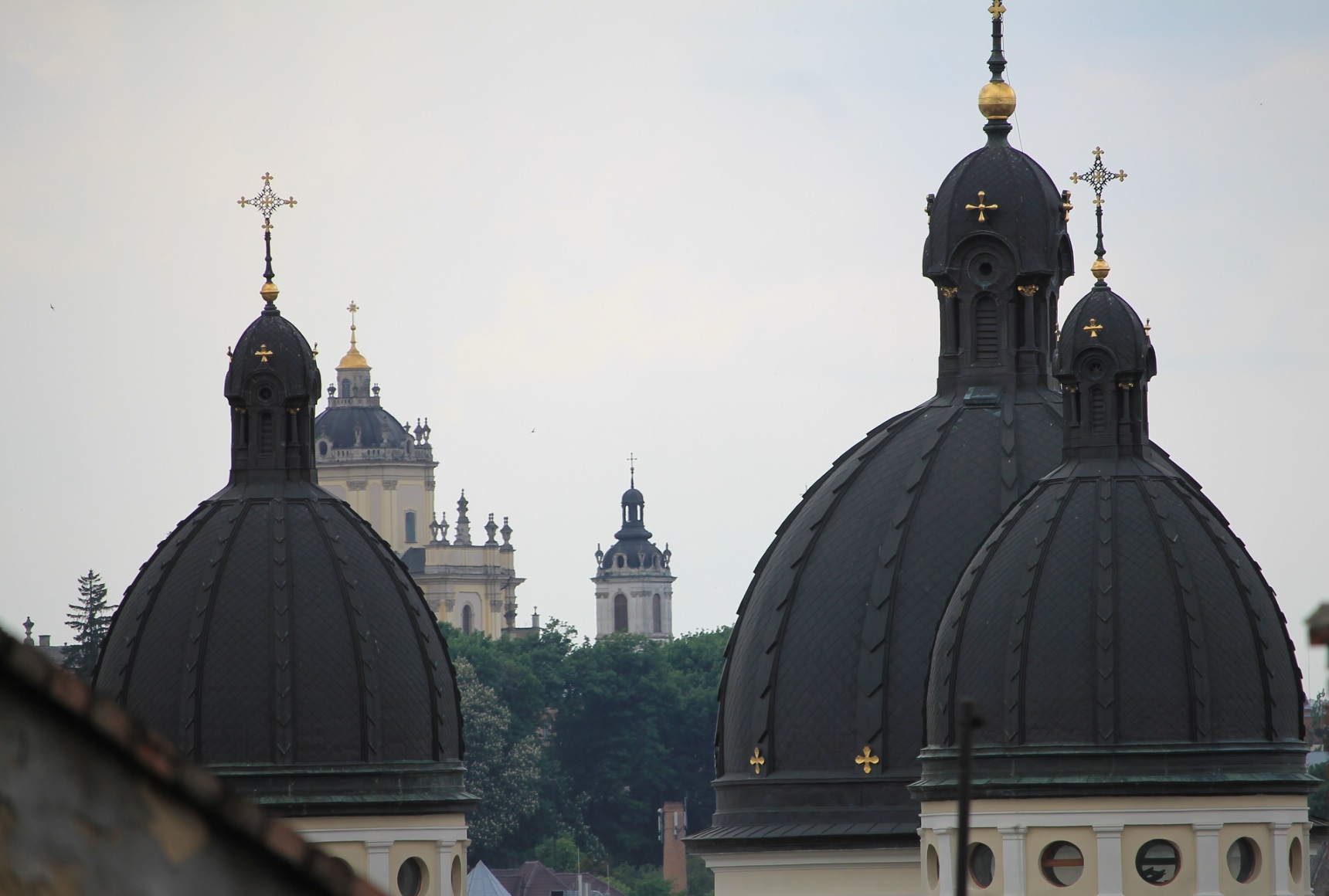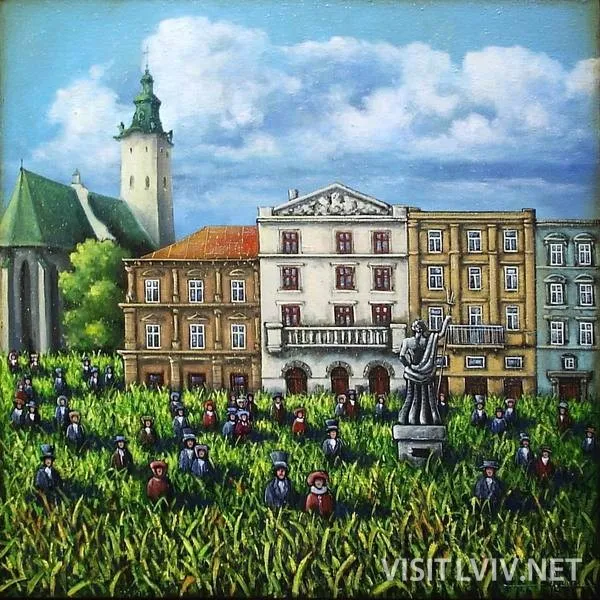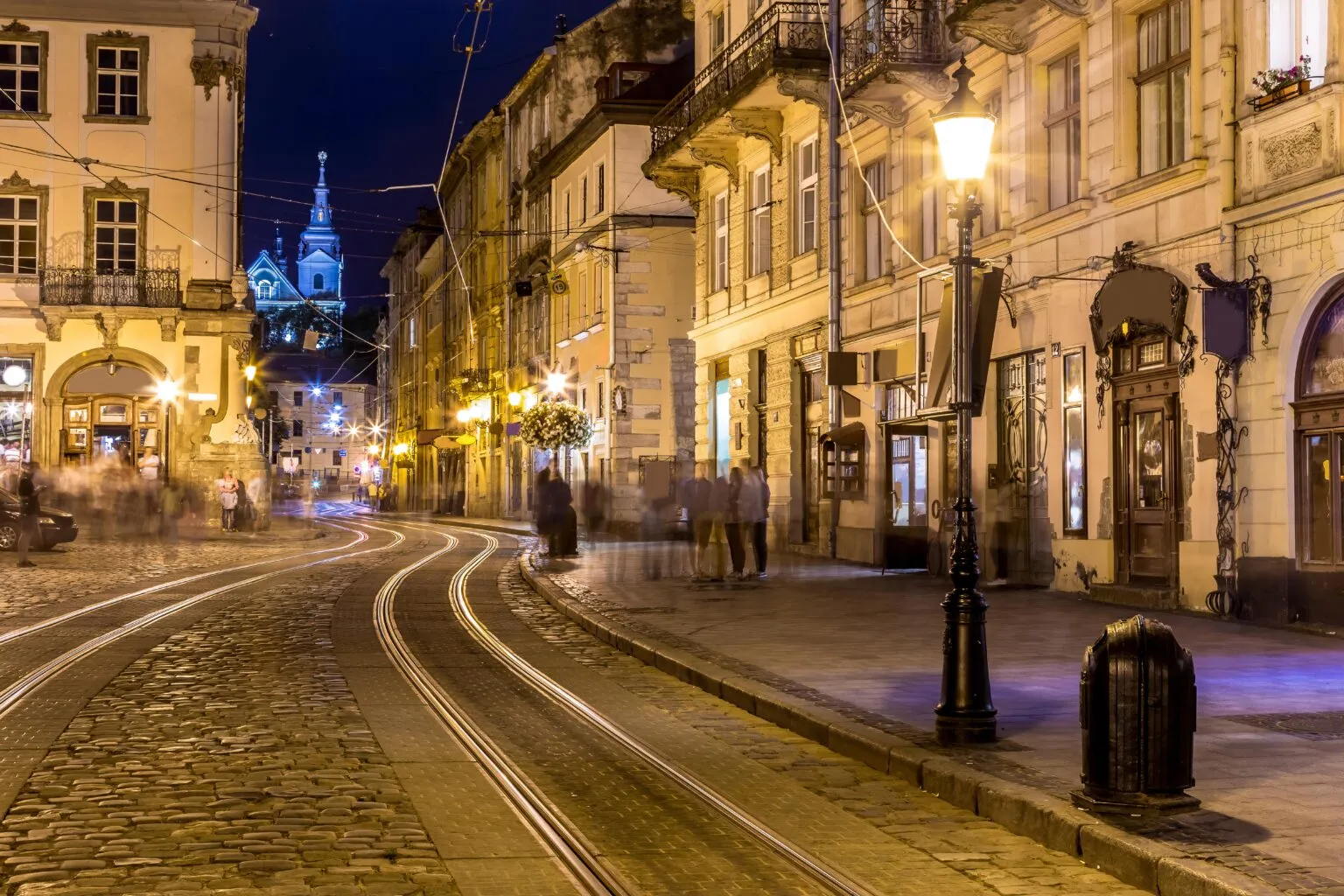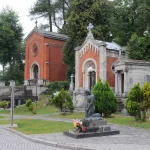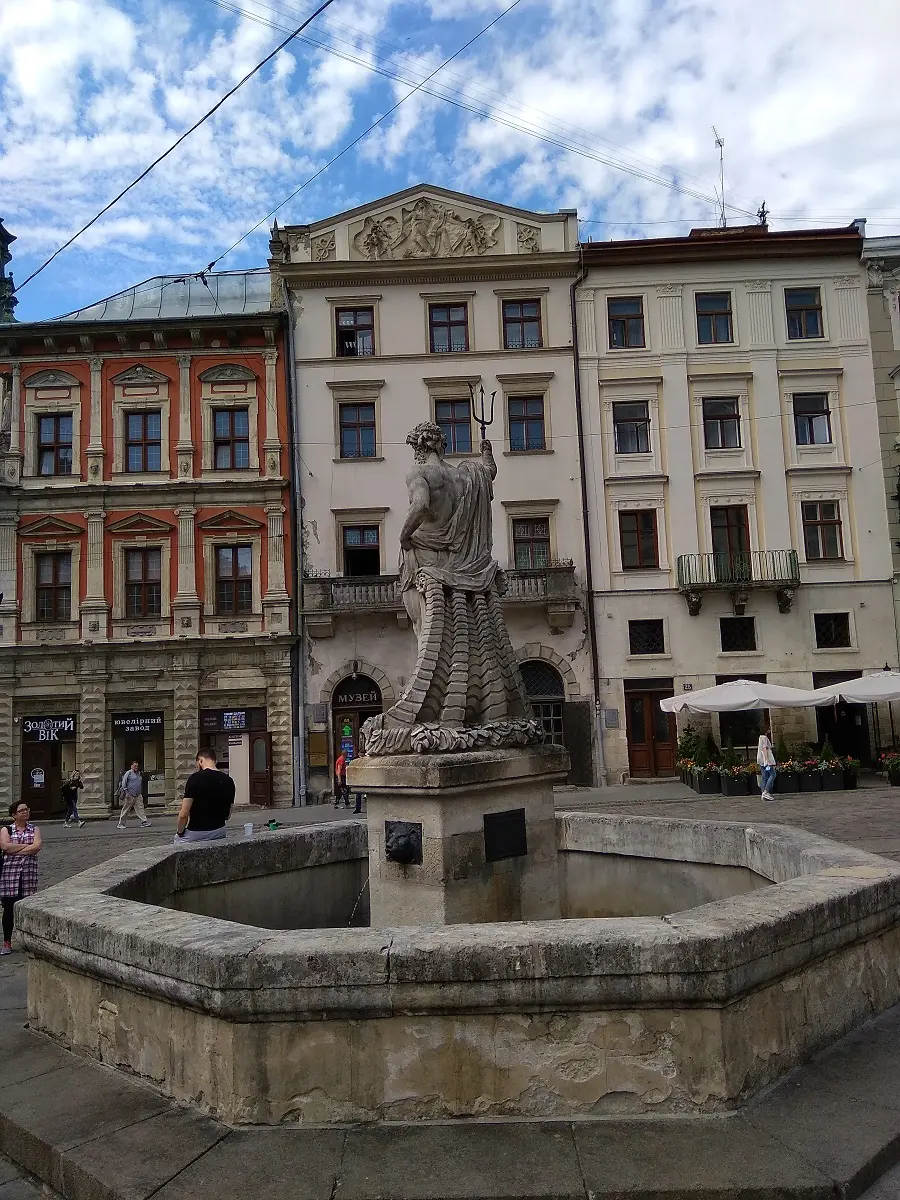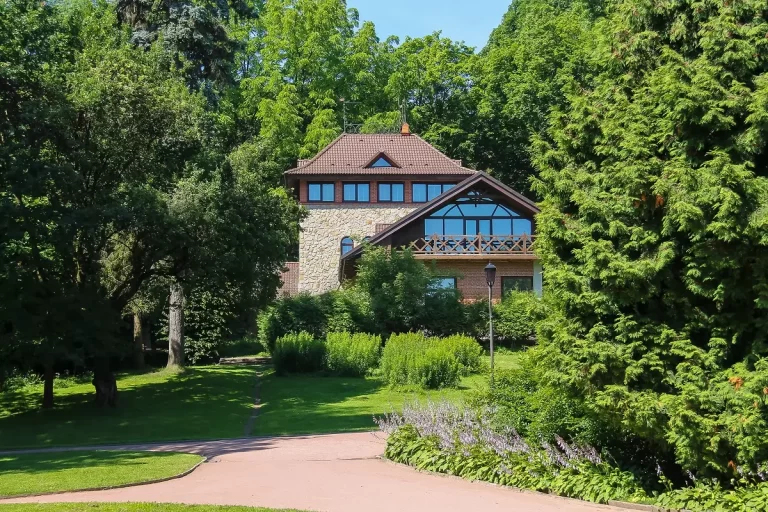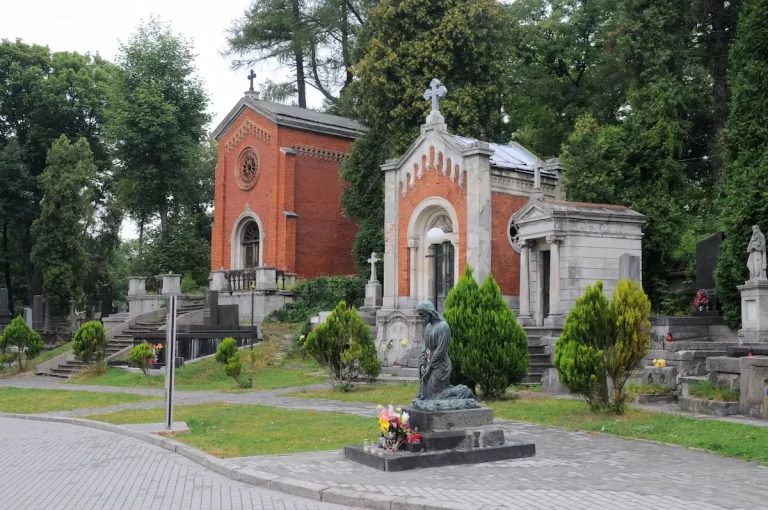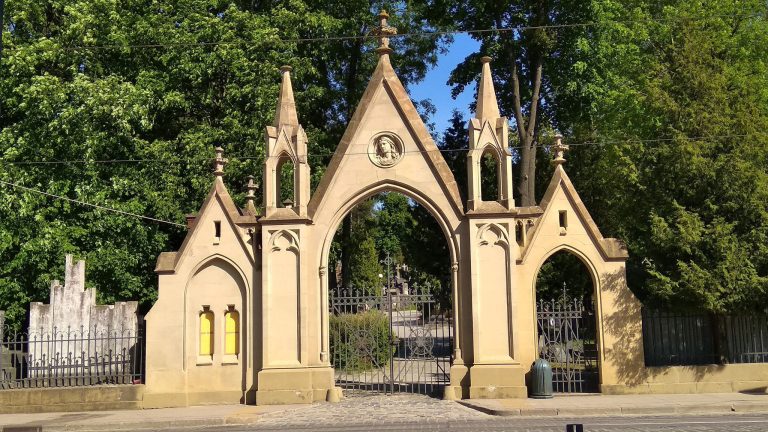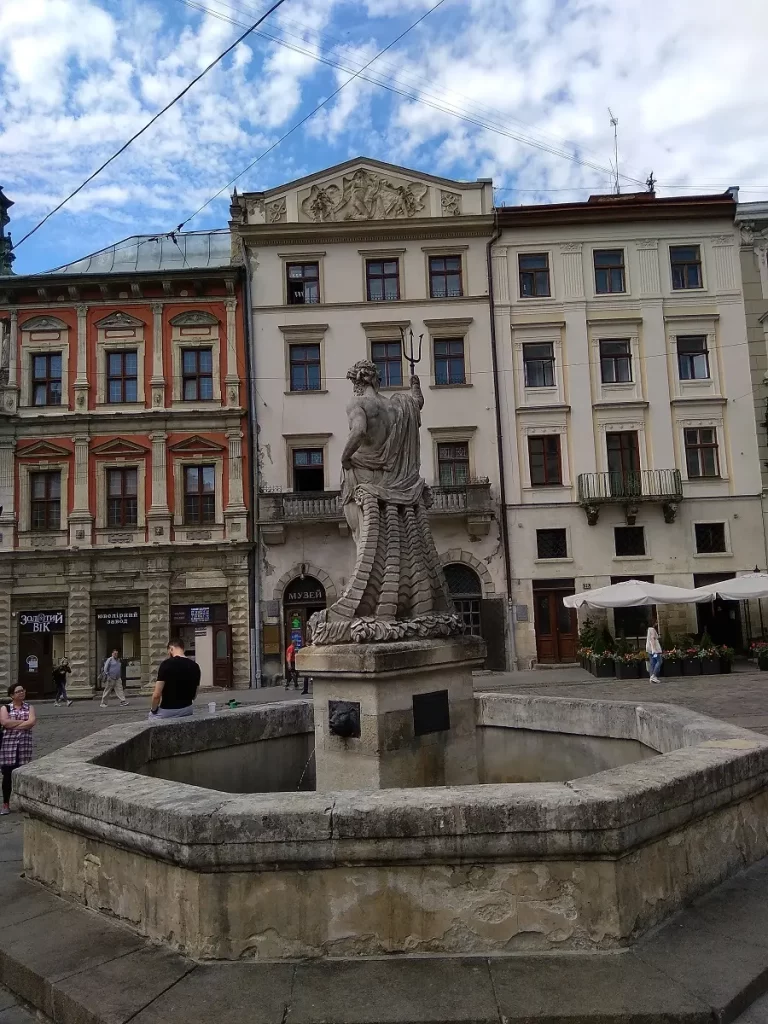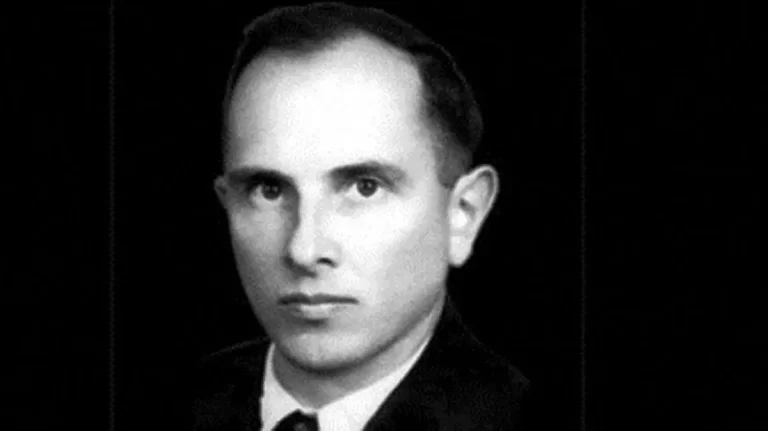St. George’s Cathedral
For seven centuries, its main shrine has been towering over Lviv – St. George’s Church, the city’s main temple. And until 2002, even the main church of the Ukrainian Greek Catholic Church in the world.
The first temple on this site was built in 1280 by Prince Lev, in whose honor Lviv is named. According to legend, Lev built it for his uncle, the former Volyn prince Vasylko, who, according to the custom of that time, became a monk in his old age. But, apparently, this is just a legend, because Vasylko died much earlier. That first church of St. George was made of beech wood and burned down either from a Polish or a Lithuanian attack during the forty-year struggle of the neighbors for Lviv and Halychyna. In 1363, a defensive stone church was built. Its builder was the Lviv architect Doring (Dore), either of German or Armenian origin. As we can see, there are more questions than answers about those ancient times.
In the middle of the 18th century today’s majestic cathedral in the style of late baroque and rococo was built on the site of the defensive temple. Its creators became real geniuses of architecture. The builder was an Italian from Galicia, Bernard Meretin, and the sculptor was a local Czech, Johan Pinzel. The latter was called the Eastern European Michelangelo. Officially, the temple was built in 1744-1761, and the finishing works stretched for another 20 years. According to the plan of its creators, the cathedral was to become the pearl of Lviv architecture. And they really succeeded. Now the St. George ensemble is part of the world cultural heritage and is protected by UNESCO.
The temple will surprise you not only with its beauty and majesty, but also with its originality. First, it combines Eastern and Western iconic building traditions. Namely, Greek isosceles and Roman crosses are inscribed in its plan at the same time. This was done in order to emphasize that the church is a union, that is, a union between Orthodox and Catholics. It is interesting that the Sorbonne temple has a similar plan. Secondly, the temple with its altar is not traditionally turned to the east, but to the west. But nature has already dictated the will here. From the east, the precipice did not allow projecting a majestic square in front of its entrance.
Thirdly, the iconostasis is also not characteristic of Ukrainian churches – it is single-tiered and almost invisible. In fact, it consists only of the royal and deacon gates and has only three icons. But what is on the mountain is double, two-sided. Therefore, only those who can go behind the altar can see one side. The images of the twelve apostles are generally not located on the iconostasis, but on the walls of the sanctuary.
Fourthly, the iconostasis, like the sanctuary, resonates with Catholic altars by the presence of columns and sculptures (angels, high priests Aaron and Melhizadek, God the Father and God the Spirit).
Fifthly, today the temple is devoid of paintings, which only adds to its majesty. Rococo curves of the walls, which create an interesting game of shadows, became the main decorations. This feature also allows you to place the main emphasis on the sanctuary of the work of the sculptor Sebastian Fessinger and the artist Luka Dolynsky with realistic icons. Another accent is the side pulpit (balcony for sermons), abundantly covered with reliefs and sculptures of the evangelists, angels and the triumphant Jesus with the symbol of salvation – the cross.
On the columns we see oil portraits painted directly on marble epitaphs. Bishops who served in the temple from its construction to the Second World War were depicted on them.
The main accent of the temple from the outside are three incredible sculptures-works by the above-mentioned Pinzel. On the top of the front facade, St. George kills evil in the form of a monster. You can clearly see how Evil is asking for help, extending his hand to the viewer. Above the entrance there are two figures: Saints Leo and Athanasius. They remind that it was Athanasius Sheptytskyi who started building this church, and Lev Sheptytskyi finished it. They also hint at the unity of Christianity restored by the union, because St. Leo is Pope Leo I the Great, and St. Athanasius is the Orthodox Patriarch of Constantinople.
The weeping miraculous icon of the Mother of God of Terebovlya has been in the church for more than three centuries. Well-known bishops are buried in its crypt (dungeon), including Metropolitan Andrey Sheptytskyi. During the Second World War, the remains of the ancient Halych prince Yaroslav Osmomysl, found the day before during the excavations of the capital Halych, were buried here. The question of whether they really found Osmomysl is still ongoing.
In addition to the church, the St. George architectural ensemble also includes the buildings of the former monastery, the belfry with the oldest bell in Ukraine, the Metropolitan Palace with a garden. And from the west, the defensive escarpment has been preserved – this is a steep wall from the time of the previous defensive church. In 2015 at the square in front of the complex, a monument to Metropolitan Andrey Sheptytskyi was erected, modeled after the pre-war sculptor, Andriy Koverka, who knew the Metropolitan personally. It is interesting that for more than a century the former monastery has served as apartments for ordinary Lviv residents. For two centuries, the square in front of the shrine hosted St. George’s fairs, the symbol of which calla “yurashko” – a gingerbread with St. George. Have a good time getting to know Svyatoyurska Mountain!

